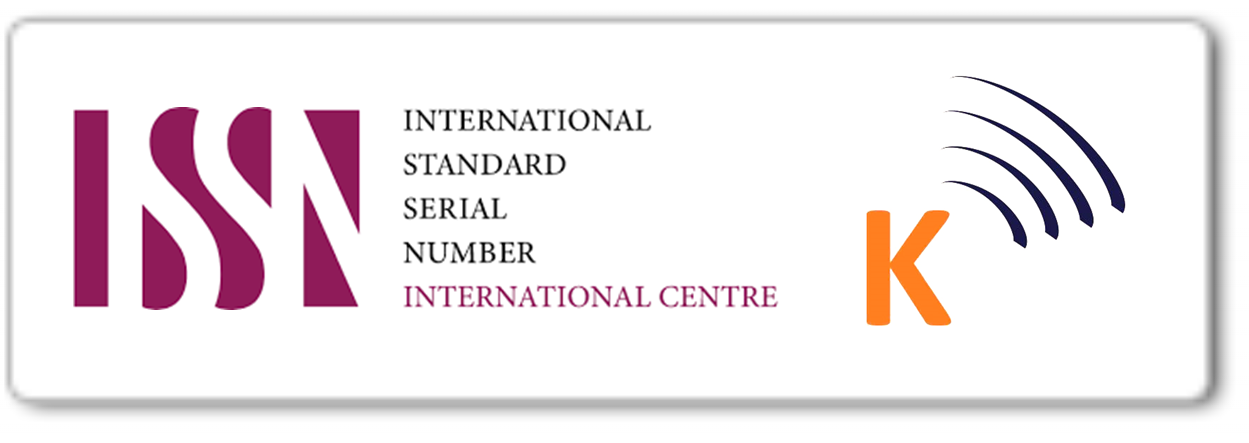PROFIL KEMAMPUAN BERPIKIR KREATIF SISWA SEKOLAH MENENGAH PERTAMA DITINJAU DARI TINGKAT KECEMASAN MATEMATIKA DAN JENDER
Keywords: Creative thinking skill, open-ended, mathematics anxiety, gender
Abstract
The purpose of this study was to describe the creative thinking skills of junior high school students based on mathematics anxiety and gender. Aspects of creative thinking skills used in this study are fluency, flexibility, and novelty. This research is a qualitative descriptive study. The instruments used were open-ended questions consisting of algebra and geometry questions, mathematics anxiety questionnaires, and interview guidelines. The study was conducted in class IX E of SMPI Al Azhar 12 Rawamangun Jakarta. The subject of this study consisted of four students, they are male student with low mathematics anxiety, female student with low mathematics anxiety, male student with medium mathematics anxiety, and female student with medium mathematics anxiety.The results of the mathematics anxiety questionnaire showed that none of the students in class IX E had high math anxiety. There are differences in the fulfillment of aspects of creative thinking in terms of differences in mathematics anxiety and gender levels. Students with low math anxiety fulfill aspects of fluency, flexibility, and novelty in algebra and geometry questions. Students with medium math anxiety fulfill aspects of fluency and flexibility both in algebra and geometry questions. Female students fulfill aspects of fluency, flexibility, and novelty both in algebra and geometry questions. Male students fulfill aspects of fluency and flexibility in algebra questions, while in geometry questions the aspects that are fulfilled are fluency, flexibility, and novelty.
Downloads
References
Alexander, K. D. (2007). Effects instruction in creative problem sloving on cognition, creativity, and satizfaction among ninth grade students in an introduction to world agricultural science and technology course. Disertasi Doktor Texas Tech University.
Amir MZ, Z. (2013). Perspektif gender dalam pembelajaran matematika. Marwah Jurnal Perempuan, Agama, dan Jender, vol. 12, No. 1, 14-31.
Apriliani, L. R. & Suyitno, H. (2016). Kemampuan berpikir kreatif matematis berdasarkan kecemasan matematika pada pembelajaran creative problem solving berteknik SCAMPER. Unnes Journal of Mathematics Education Research, vol. 5, No. 2, 131-140.
Ashcraft, M. H. (2002). Math anxiety: personal, educational, and cognitive consequences. Sage Journals: Association for Psychological Science, vol. 11, No. 5, 181-185.
Azwar, S. (2012). Penyusunan Skala Psikologi Edisi 2. Yogyakarta: Pustaka Pelajar.
Bart, W. M., Hokanson, B., Sahin, I., & Abdelsamea, M. A. (2015). An investigation of the gender differences in creative thinking abilities among 8th and 11th grade students. Elsevier: Thinking Skills and Creativity, vol. 17, 17-24.
Blazer, C. (2011). Strategies for reducing math anxiety. Diambil 10 Mei 2018, dari situs World Wide Web: https://files.eric.ed.gov/fulltext/ED536509.pdf.
Cavanagh, R. & Sparrow, L. L. (2010). Measuring mathematics anxiety: paper 2 – constructing and validating the measure. Prosiding AARE Conference 2010 Making a difference. 28 November 2010. Melbourne: Australian Association for Research in Education Inc.
Cramond, B., Matthews-Morgan, J., Bandalos, D., & Zuo, L. (2005). A report on the 40-year follow-up of the Torrance Test of Creative Thinking: alive and well in the new millennium. Sage Journals: Gifted Child Quarterly, vol. 49, No. 4, 283-291.
Dilla, S. C., Hidayat, W., & Rohaeti, E. E. (2018). Faktor gender dan resiliensi dalam pencapaian kemampuan berpikir kreatif matematis siswa SMA. Journal of Medives, vol. 2, No. 1, 129-136.
Dzulfikar, A. (2013). Studi literatur: pembelajaran kooperatif dalam mengatasi kecemasan matematika dan mengembangkan self efficacy matematis siswa. Prosiding Seminar Nasional Matematika dan Pendidikan Matematika. 9 November 2013. Yogyakarta: Universitas Negeri Yogyakarta.
Evans, J. R. (1991). Creative Thinking in the Decision and Management Sciences. University of Cincinnati, College Division, South-Western Publishing Co.
Febryana, D. (2018). Profil kreativitas siswa dalam menyelesaikan soal segitiga dan segiempat ditinjau dari gender. Suska Journal of Mathematics Education, vol. 4, No. 1, 50-58.
Hashimoto, Y. (1997). The methods of fostering creativity through mathematical problem solving. Zentralblatt für Didaktik der Mathematik (ZDM) – The International Journal on Mathematics Education, vol. 29, No. 3, 86-87.
Kusumawati, R. & Nayazik, A. (2017). Kecemasan matematika siswa SMA berdasarkan gender. Journal of Medives, vol. 1, No. 2, 92-99.
Machromah, I. U., Riyadi, & Usodo, B. (2015). Analisis proses dan tingkat berpikir kreatif siswa SMP dalam pemecahan masalah bentuk soal cerita materi lingkaran ditinjau dari kecemasan matematika. Jurnal Elektronik Pembelajaran Matematika, vol. 3, No. 6, 613-624.
Mahmudi, A. (2008a). Mengembangkan soal terbuka terbuka (open-ended problem) dalam pembelajaran matematika. Makalah disajikan pada Seminar Nasional Matematika dan Pendidikan Matematika. 28 November 2008. Yogyakarta: Universitas Negeri Yogyakarta.
Mahmudi, A. (2008b). Pemecahan masalah dan berpikir kreatif. Makalah disajikan pada Konferensi Nasional Matematika (KNM) XIV. 24-27 Juli 2008. Yogyakarta: Universitas Negeri Yogyakarta.
Munandar, U. (2009). Pengembangan Kreatifitas Anak Berbakat. Jakarta: Rineka Cipta.
Nohda, N. (2008). A Study of “Open-Approach†Method in School Mathematics Teaching – Focusing on Mathematical Problem Solving Acitivites. Diambil 15 April 2018, dari situs Wolrd Wide Web: https://www.nku.edu/~sheffield/nohda.html.
Pehkonen, E. (1997). The state-of-art in mathematical creativity. Zentralblatt für Didaktik der Mathematik (ZDM) – The International Journal on Mathematics Education, vol. 29, No. 3, 63-67.
Priyani, Y. (2013). Hubungan antara konsep diri dan kecemasan menghadapi pembelajaran matematika dengan prestasi belajar matematika. Yogyakarta: Skripsi Universitas Negeri Yogyakarta.
Silver, E. A. (1997). Fostering creativity through instruction rich in mathematical problem solving and problem posing. Zentralblatt für Didaktik der Mathematik (ZDM) – The International Journal on Mathematics Education, vol 29, No. 3, 75-80.
Siswono, T. Y. E. (2006). Desain tugas untuk mengidentifikasi kemampuan berpikir kreatif siswa dalam matematika. Jurnal Pancaran Pendidikan Tahun XIX, No. 63, 495-509.
Stuart, G. W. & Laira, M. T. (2005). Principles and Practice of Psychiatric Nursing 6th ed. St Louis: Mosby.
Subarinah, S. (2013). Profil berpikir kreatif siswa dalam memecahkan masalah tipe investigasi matematik ditinjau dari perbedaan gender. Prosiding Seminar Nasional Matematika dan Pendidikan Matematika. 9 November 2013. Yogyakarta: Universitas Negeri Yogyakarta.
Sugiyono. (2017). Metode Penelitian Kuantitatif, Kualitatif, dan R&D. Bandung: Alfabeta.
Takahashi, A. (2008). Communication as Process for Students to Learn Mathematical. Diambil 15 April 2018 dari situs Wolrd Wide Web:
http://www.criced.tsukuba.ac.jp/math/apec/apec2008/papers/PDF/14.Akihiko_Takahashi_USA.pdf.
Wicaksono, A. B. & Saufi, M. (2013). Mengelola kecemasan siswa dalam pembelajaran matematika. Prosiding Seminar Nasional Matematika dan Pendidikan Matematika. 9 November 2013. Yogyakarta: Universitas Negeri Yogyakarta.







